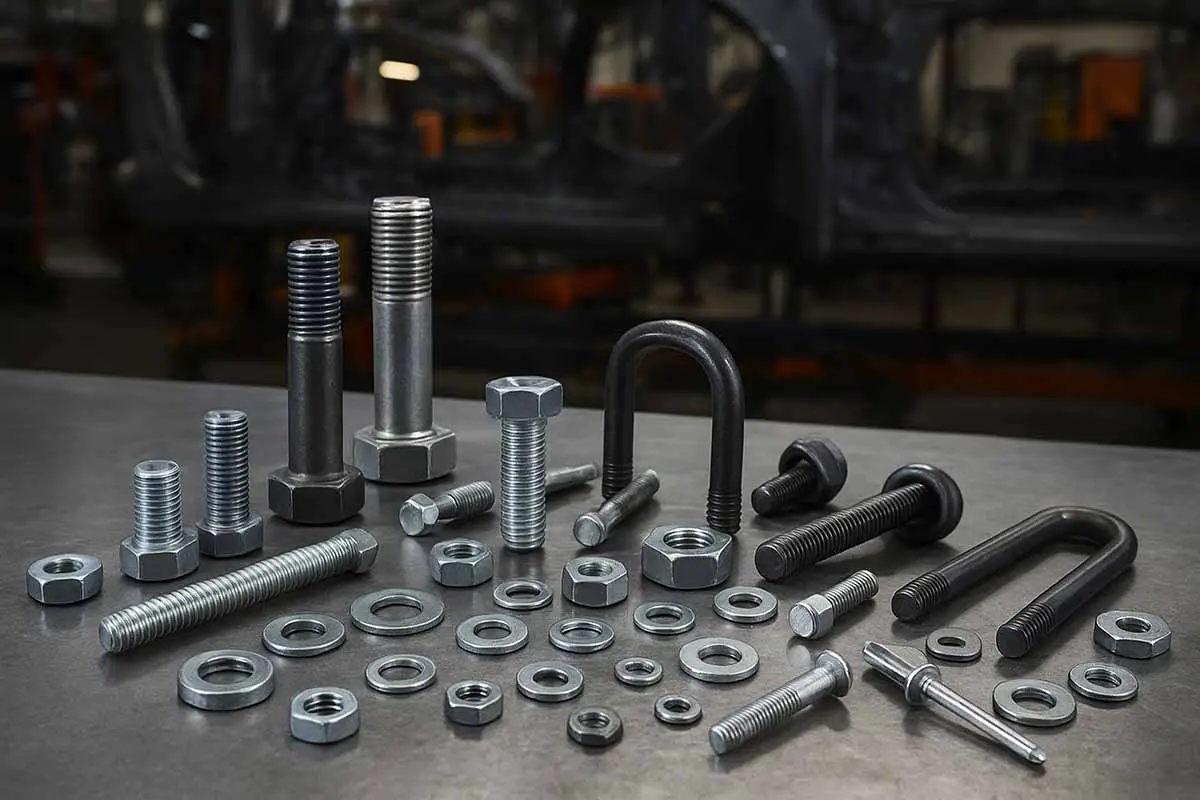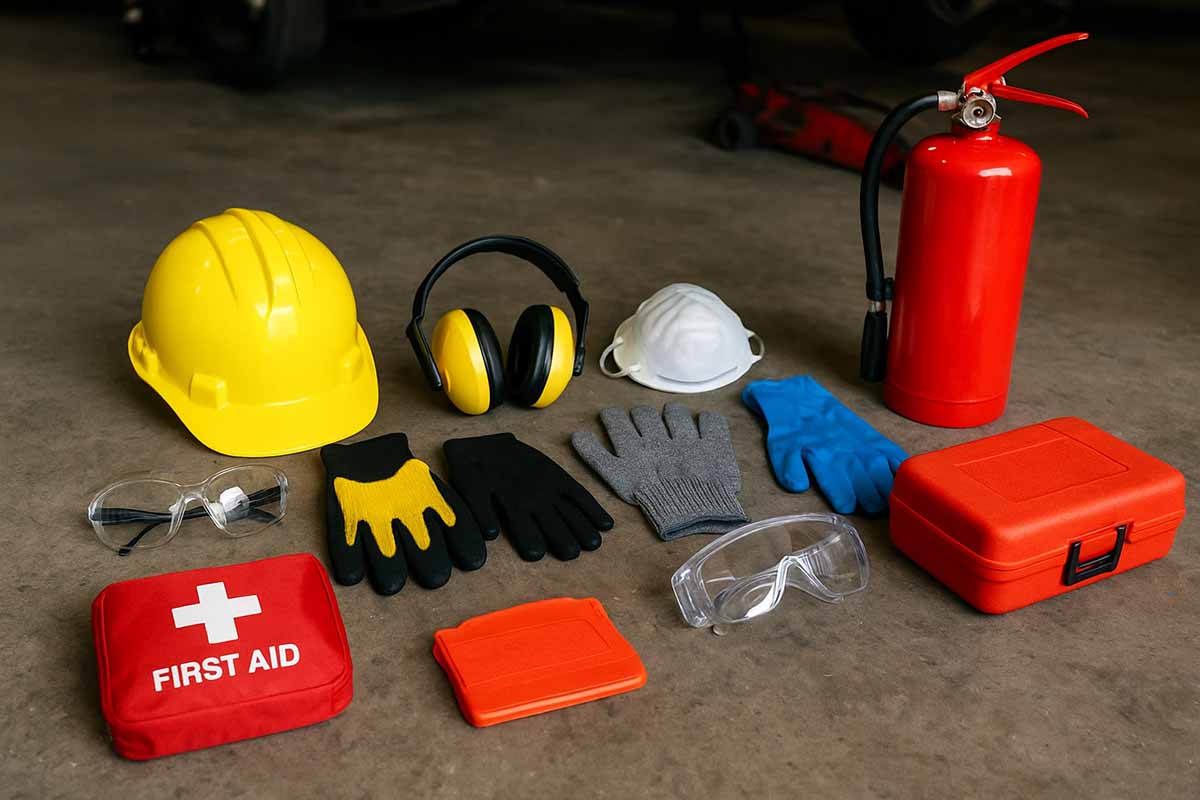Automotive tools are the heartbeat of any mechanic’s workshop — whether you’re a professional with decades of experience or a weekend warrior tinkering in your garage. But even the best tools have bad days. From stubborn torque wrenches to mysteriously dead battery chargers, problems can strike without warning.
This guide takes a professional yet approachable look at common automotive tool issues, why they happen, and — most importantly — how to fix them quickly. We’ll cover troubleshooting steps, preventive care, real-world examples, and honest brand insights so you know what’s worth your money and what’s not.
1. Why Automotive Tools Fail (and How to Spot It Early)
Before you grab your wallet or start dismantling your favorite ratchet, it’s worth understanding the root causes of tool problems:
- Wear and Tear: Even premium tools degrade over time — especially if overused or abused.
- Improper Storage: Leaving tools in damp or dusty environments invites corrosion and electrical faults.
- Incorrect Use: Using a screwdriver as a pry bar may feel clever… until it snaps.
- Manufacturer Defects: Not all brands uphold their promises — some fail right out of the box.
Pro Tip: Keep a log of when you bought each tool, how often you use it, and any signs of trouble. This record makes warranty claims much smoother.
2. Common Automotive Tool Problems & Quick Fixes
Here’s a look at some of the most frequent culprits in the workshop and how to handle them.
A. Torque Wrench Inaccuracy
Symptoms: Fasteners coming loose, uneven torque readings.
Causes: Miscalibration, internal wear, dirt in the mechanism.
Quick Fix:
- Verify calibration using a torque tester.
- Clean the ratchet head with a non-abrasive cloth.
- Store in its protective case.
When to Replace: If recalibration fails or parts are visibly damaged.
B. Air Tools Losing Power
Symptoms: Reduced torque, slow operation, air leaks.
Causes: Moisture in air lines, worn seals, insufficient lubrication.
Quick Fix:
- Drain moisture from compressor tank daily.
- Apply air tool oil before each use.
- Replace damaged O-rings or seals.
C. Dead or Weak Battery in Cordless Tools
Symptoms: Short runtime, tool stops mid-job.
Causes: Old batteries, improper charging habits.
Quick Fix:
- Fully charge before first use.
- Store at 50% charge for long periods.
- Replace with OEM batteries for safety and performance.
D. Stuck or Jammed Sockets
Symptoms: Socket refuses to release from the fastener or tool.
Causes: Debris, rust, over-tightened fasteners.
Quick Fix:
- Use penetrating oil.
- Lightly tap with a mallet to loosen.
- Avoid forcing — you might damage the tool or yourself.
E. Faulty Multimeter Readings
Symptoms: Inconsistent voltage or resistance readings.
Causes: Low battery, damaged test leads, internal circuit faults.
Quick Fix:
- Replace the battery first.
- Inspect leads for cuts or frays.
- Calibrate according to the manufacturer’s instructions.
3. Key Features to Check Before Buying Automotive Tools
- Material Quality: Chrome-vanadium steel for durability.
- Ergonomics: Comfortable grips reduce fatigue.
- Calibration Certificates: Especially for precision tools like torque wrenches.
- Warranty Coverage: At least one year; lifetime if possible.
- Serviceability: Availability of spare parts and repair services.
4. Lesser-Known Facts About Automotive Tools
- Interesting Fact: Some high-end torque wrenches used in motorsport pit crews are recalibrated every 500 uses — that’s how precise they need to be.
- Lesser-Known Fact: Many cordless automotive tools share battery platforms with power tools from the same manufacturer — meaning you might already own compatible batteries without realizing it.
- Another Lesser-Known Fact: Cheap sockets can shatter under high torque, sending sharp metal shards flying — a serious safety hazard often overlooked by DIYers.
5. Preventive Maintenance to Avoid Downtime
- Regular Cleaning: Wipe down tools after every use.
- Lubrication: Apply light oil to moving parts.
- Proper Storage: Keep in a dry, organized toolbox or cabinet.
- Routine Calibration: Especially for precision instruments.
- Battery Care: Store lithium-ion batteries in a cool, dry place.
7. Final Thoughts
Good tools are an investment, but even the best need care. By understanding common problems, applying quick fixes, and sticking to preventive maintenance, you can extend tool life and keep your projects running smoothly.
Learn More About Industrial Tools In Automotive Industry
- Industrial Tools in the Automotive Industry
- Digital Twins in Automotive Tooling: Smarter Maintenance, Fewer Breakdowns
- Comparing Pneumatic vs. Electric Tools in Automotive Workshops
- How Industry 4.0 Is Reshaping Automotive Assembly Lines
- Trends in Automotive Manufacturing Automation
- Impact of Industry 4.0 and IoT on Automotive Tooling
- Essential EV Toolkits for Modern Automotive Work
- Reviews of 5 Leading Automotive Tool Brands
- Top Tools for Automotive Repair and Diagnostics
- Specialized Equipment for Engine Rebuilding
- Automotive Fasteners and Torque Specs Explained
- Safety Tools and PPE in Automotive Workshops
- Troubleshooting Common Automotive Tool Problems
- Top Automotive Tool Brands Reviewed
- Fasteners in Automotive Manufacturing: What Makes the Cut?
- How to Use a Torque Wrench in the Automotive Industry
- Automotive Torque Wrench Buying Guide 2025
Your Turn:
Have you faced any frustrating automotive tool problems? Share your experiences, hacks, or horror stories in the comments — and don’t forget to share this guide with fellow gearheads on social media.





